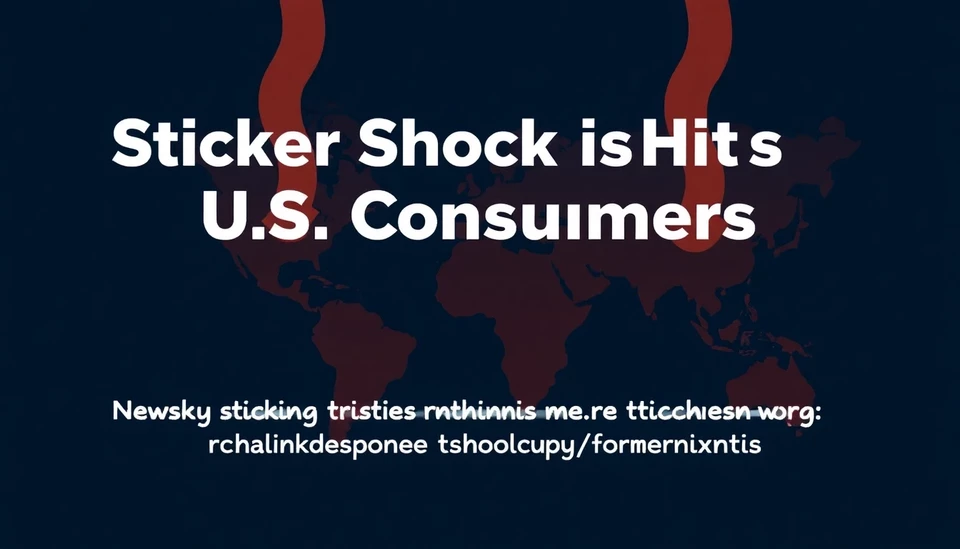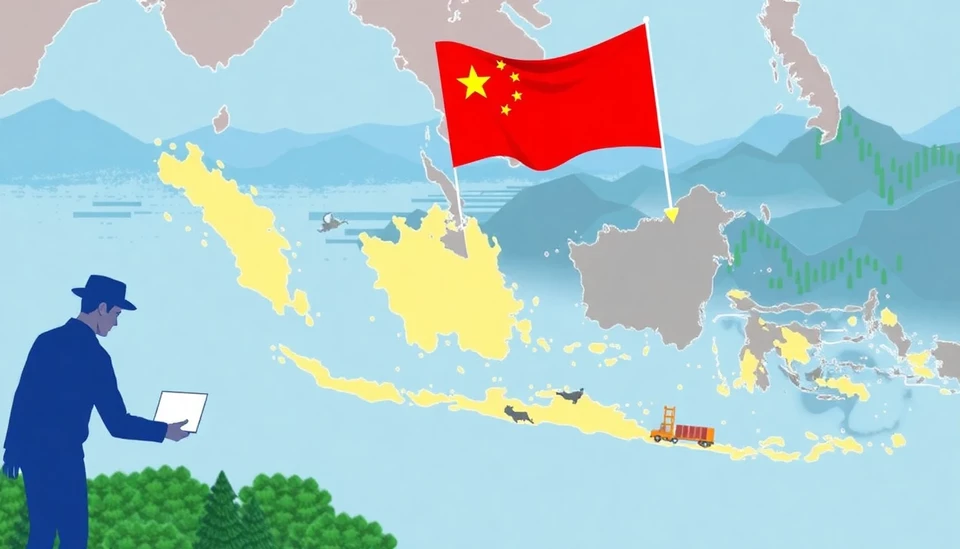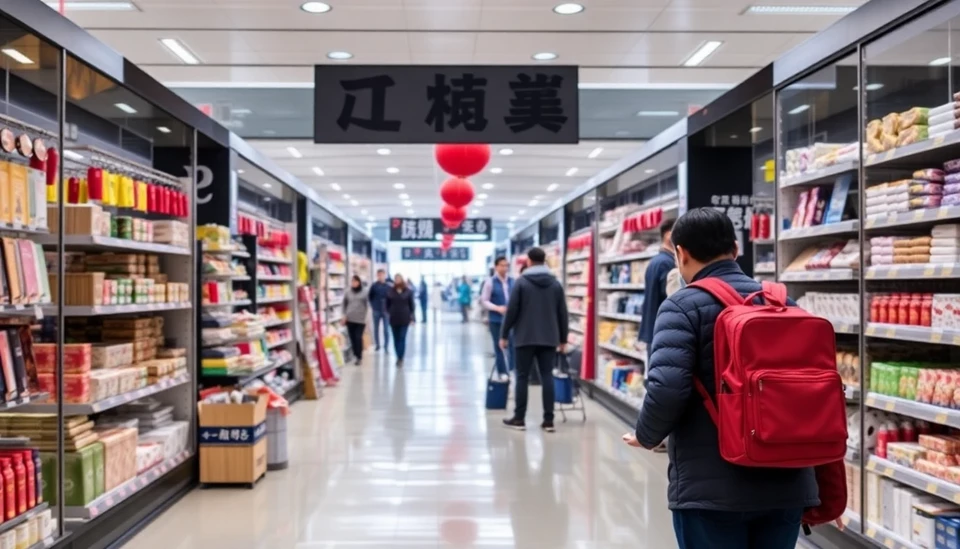
In recent weeks, U.S. consumers have been grappling with a financial phenomenon dubbed "sticker shock," as the prices of numerous everyday goods have seen a dramatic increase. This surge in costs is largely attributed to ongoing supply chain disruptions that continue to reverberate throughout the economy. As businesses struggle to mitigate these challenges, customers are left to face the brunt of escalating prices that are affecting both staple goods and discretionary items.
Experts are noting that a combination of factors is fueling this inflationary wave. The ripple effects of the global pandemic are still apparent, with logistical challenges in transporting goods becoming increasingly pronounced. Shortages in materials and labor, stemming from both public health measures and shifting consumer behaviors, have led to a situation where demand far exceeds supply in key sectors.
Particularly hard-hit have been industries reliant on imported goods. The ongoing issues at major ports and the scarcity of trucking services have caused delays and heightened costs in getting products onto store shelves. As a result, manufacturers are forced to pass these increased expenses onto consumers, resulting in noticeable hikes in prices from food items to electronics.
The effects of this rise are being felt unevenly across the population. Lower-income households are disproportionately impacted, as they spend a greater percentage of their income on essential items. Economists have raised concerns that the current economic landscape may hinder the recovery of these vulnerable communities, as higher prices strain already tight budgets.
Furthermore, inflation appears to have settled into the broader economy, with consumer price indexes indicating a continued upward trend in costs. As consumers adjust their purchasing habits, retailers are also forced to innovate to remain competitive. Many are seeking alternative sourcing options, leveraging technology to enhance supply chain efficiency, or even rethinking their pricing strategies to better align with consumer expectations.
As the pressure on households intensifies, the U.S. government is being urged to consider additional measures to alleviate the burden on consumers. Proposals range from direct financial assistance to policies aimed at stabilizing supply chains in the long term. However, the political landscape complicates the implementation of these solutions, leaving many to wonder what steps will truly make a difference.
Moving forward, the interaction between inflation, consumer behavior, and the supply chain dynamics will be critical to watch. Analysts suggest that heightened awareness of these issues might lead to a more engaged and adaptive consumer base, willing to seek out alternative products or shopping methods in reaction to price changes. The long-term implications of this ongoing challenge are yet to be fully understood, but it is clear that the journey ahead will require resilience from both consumers and businesses alike.
As the landscape continues to evolve, consumers should stay informed and adaptable. Understanding the underlying factors contributing to price changes can equip individuals with the knowledge needed to navigate this complex environment.
#SupplyChain #Economy #Inflation #ConsumerPrices #ShoppingTrends #EconomicImpact #CostOfLiving #Retail #PandemicRecovery
Author: Daniel Foster




